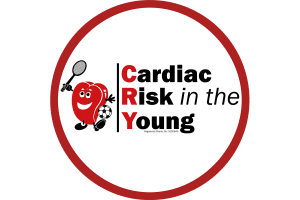CRY’s research is focused on the CAUSES & PREVENTION of Young Sudden Cardiac Death and TREATMENT of those at risk
#CRYResearch
CRY’s research programme also
– supports screening & NHS referral services
– trains cardiologists to becomes specialists in YSCD
Interview with Dr Harshil Dhutia (Consultant cardiologist, Glenfield Hospital Leicester & Clinical Lead for the Inherited Cardiac Conditions service, University Hospitals of Leicester): CRY’s Research Fellows – both past and present – are playing an increasing role in helping to inform and influence decision makers, based on their highly acclaimed, published research papers and the […]

Preventing young sudden cardiac deaths through awareness, screening and research, and supporting affected families.
Head Office:
Unit 1140B, The Axis Centre,
Cleeve Road, Leatherhead,
Surrey KT22 7RD
Tel: 01737 363222
Privacy Policy
Safeguarding Policy
Email: [email protected]
Registered Charity in England & Wales (1050845) & in Scotland (SC052581)
| Cookie | Duration | Description |
|---|---|---|
| cookielawinfo-checbox-analytics | 11 months | This cookie is set by GDPR Cookie Consent plugin. The cookie is used to store the user consent for the cookies in the category "Analytics". |
| cookielawinfo-checbox-functional | 11 months | The cookie is set by GDPR cookie consent to record the user consent for the cookies in the category "Functional". |
| cookielawinfo-checbox-others | 11 months | This cookie is set by GDPR Cookie Consent plugin. The cookie is used to store the user consent for the cookies in the category "Other. |
| cookielawinfo-checkbox-necessary | 11 months | This cookie is set by GDPR Cookie Consent plugin. The cookies is used to store the user consent for the cookies in the category "Necessary". |
| cookielawinfo-checkbox-performance | 11 months | This cookie is set by GDPR Cookie Consent plugin. The cookie is used to store the user consent for the cookies in the category "Performance". |
| viewed_cookie_policy | 11 months | The cookie is set by the GDPR Cookie Consent plugin and is used to store whether or not user has consented to the use of cookies. It does not store any personal data. |